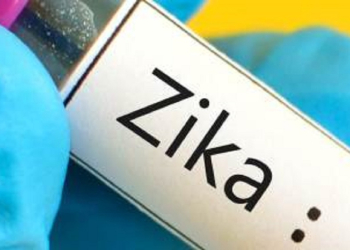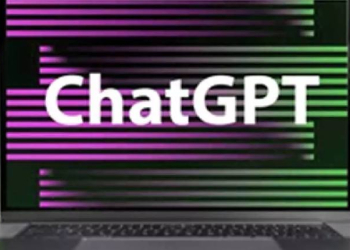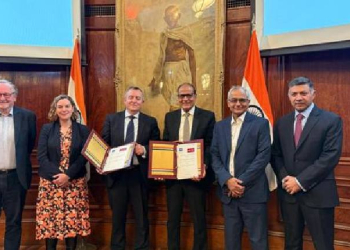New Delhi: Nearly 72 per cent of state and local government organisations globally attacked by ransomware had their data encrypted — 7 per cent more than the cross-sector average last year, a report showed on Thursday.
In fact, only 20 per cent of state and local government organisations were able to stop the ransomware attack before data could be encrypted — significantly less than the cross-sector average of 31 per cent, according to the report by cyber-security firm Sophos.
Around 58 per cent of local government organisations were hit by ransomware in 2021, up from 34 per cent in 2020.
This is a 70 per cent rise over the course of a year, demonstrating that adversaries have become considerably more capable of executing the most significant attacks at scale.
Traditionally, government organisations haven’t been prime targets for ransomware attackers, since they don’t have as much money as traditional businesses, and criminal groups are reticent to attract attention from law enforcement.
“However, when these organisations do get hit, they have little in the way of protection because they don’t have the budget for additional, in-depth cybersecurity support, including threat hunting teams or security operations centres,” said Chester Wisniewski, principal research scientist, Sophos.
In addition to experiencing a high encryption rate, the government sector also experienced a significant drop in the amount of encrypted data recovered after paying the ransom when compared to 2020 — 58 per cent in 2021 versus 70 per cent in 2020. This was also lower than the cross-sector average of 61 per cent.
The cost for government organizations to remediate an attack was three times the average ransom the sector paid.
“If we look at what happened with the city of Atlanta, Georgia, back in 2018, they ultimately ended up paying $17 million to recover from an attack that asked for $50,000 dollars in ransom,” said Wisniewski.
(IANS)

















